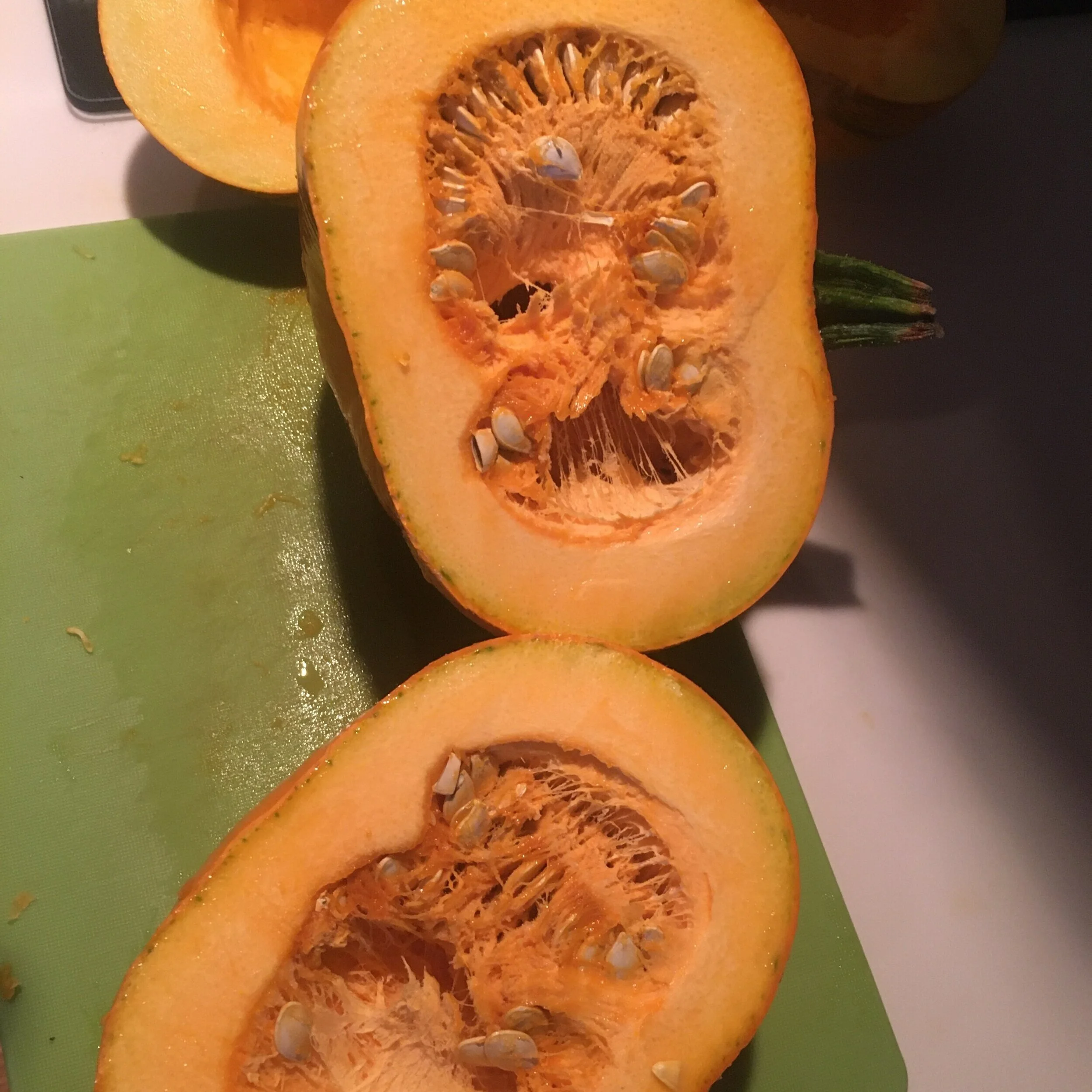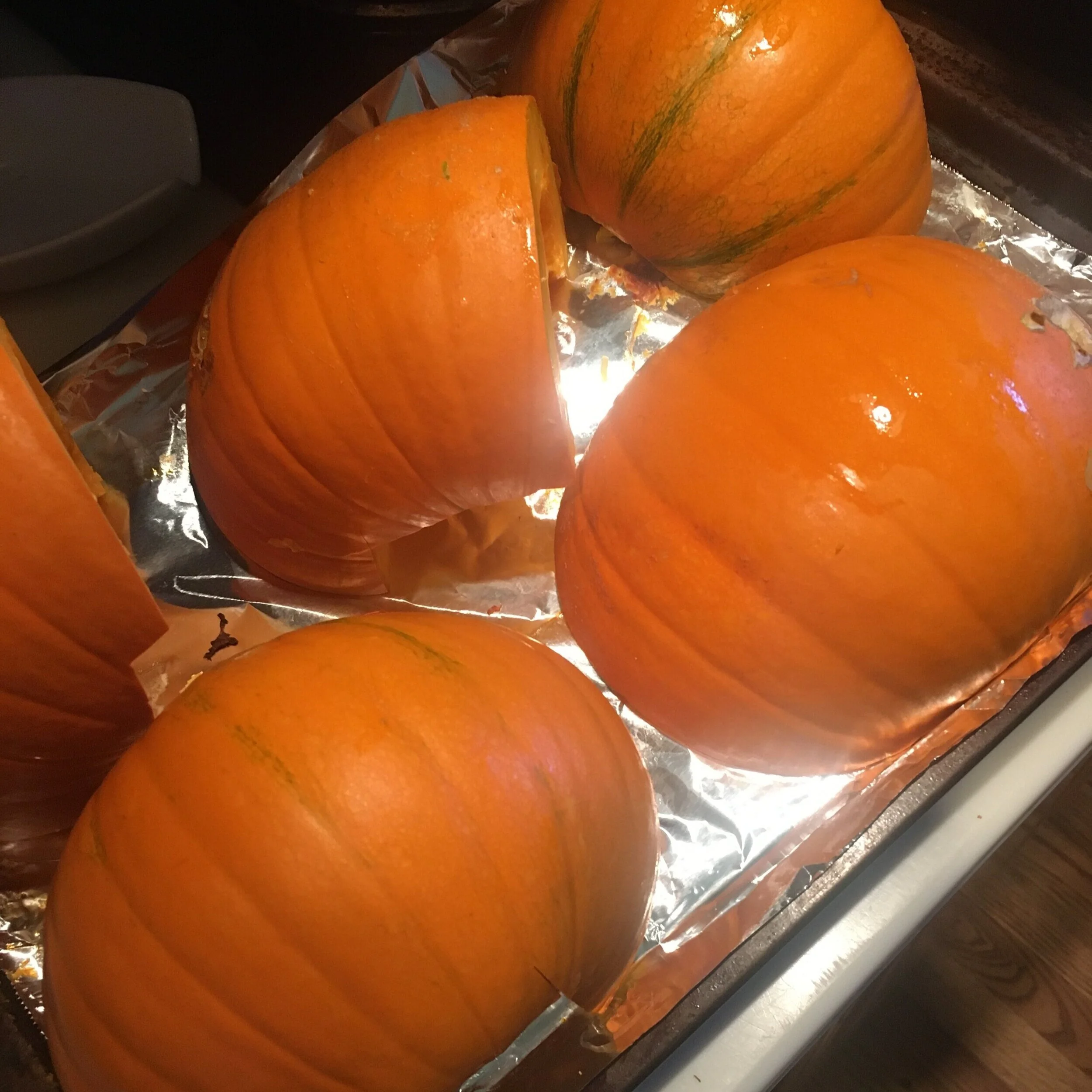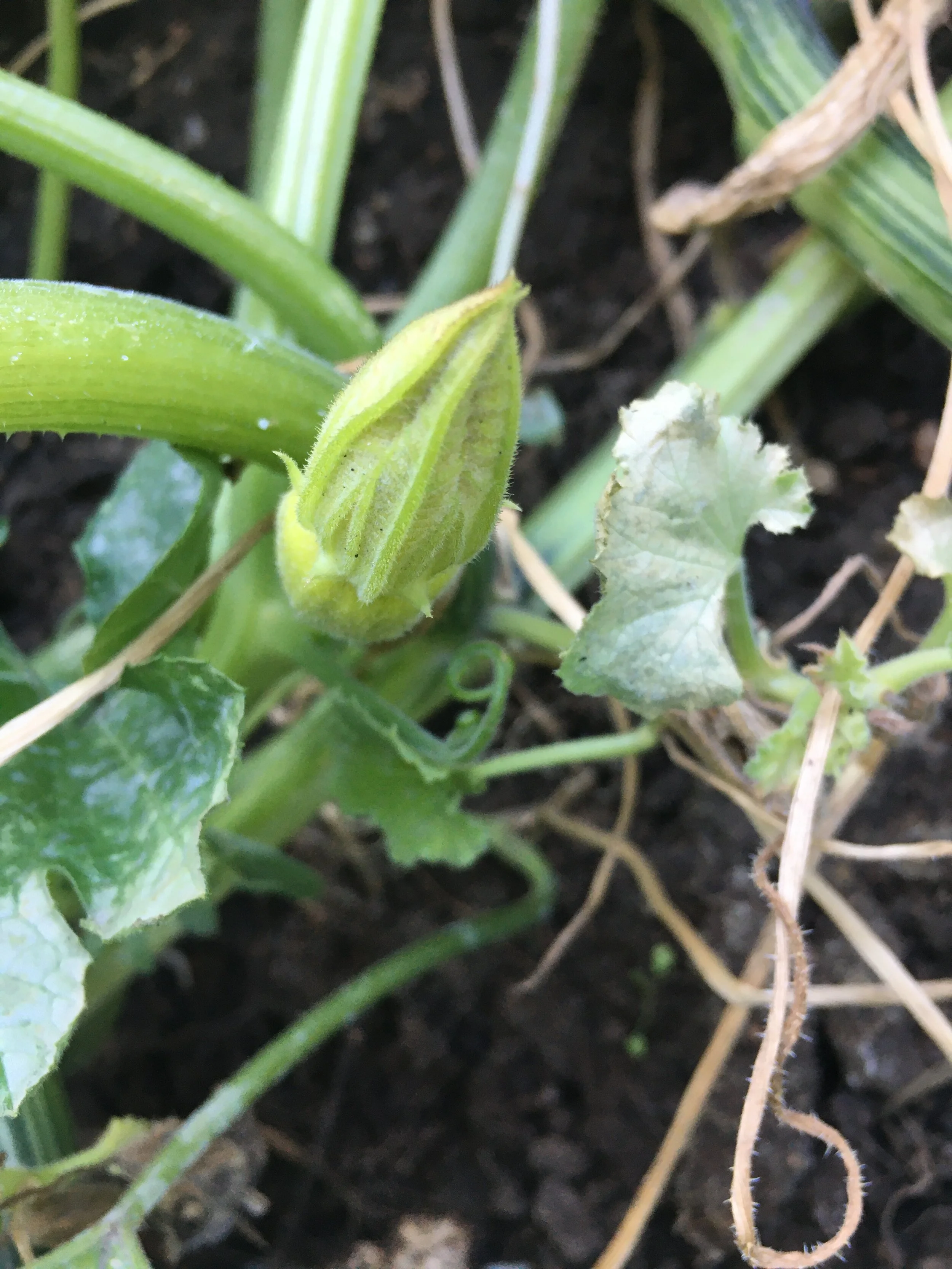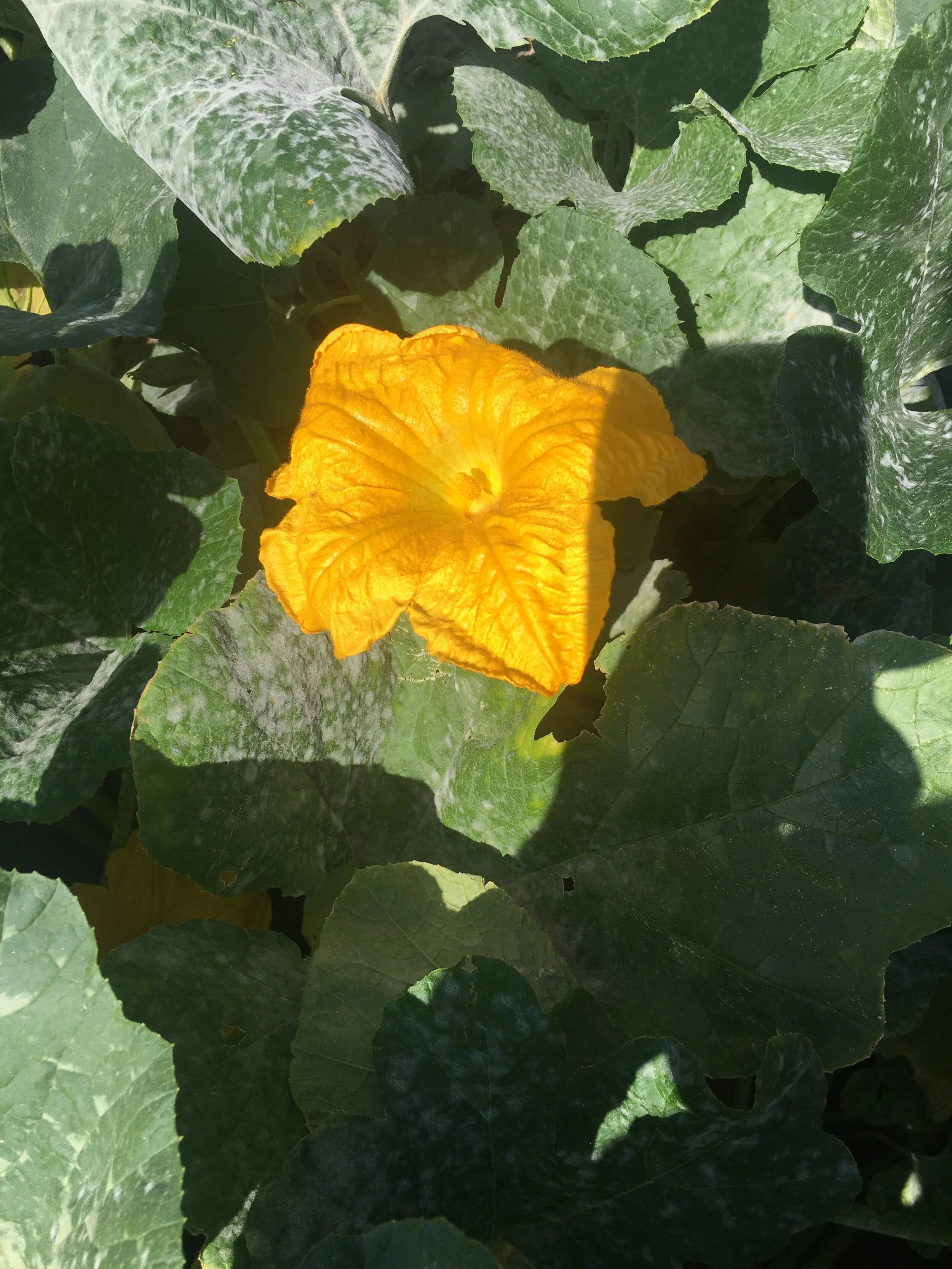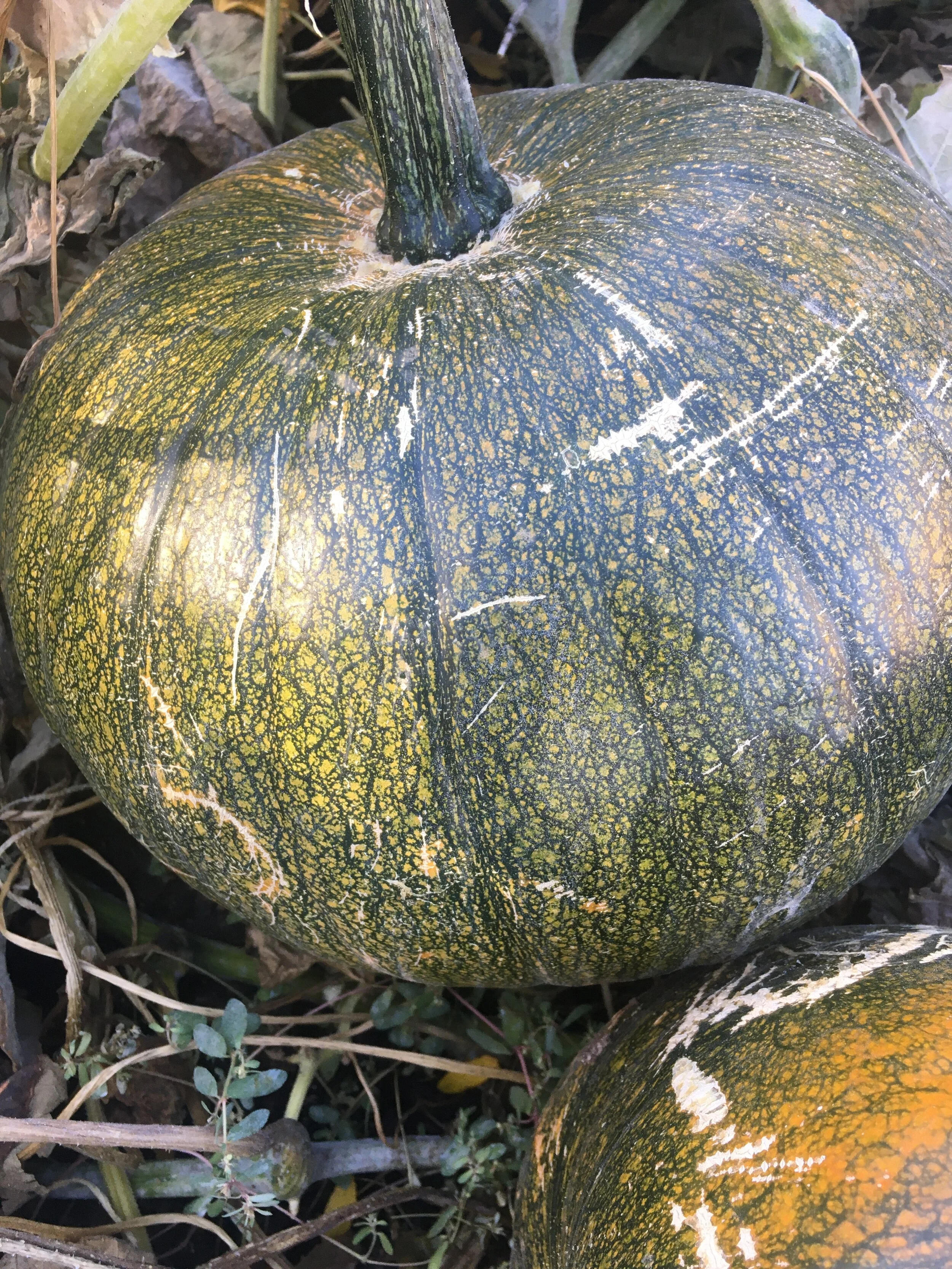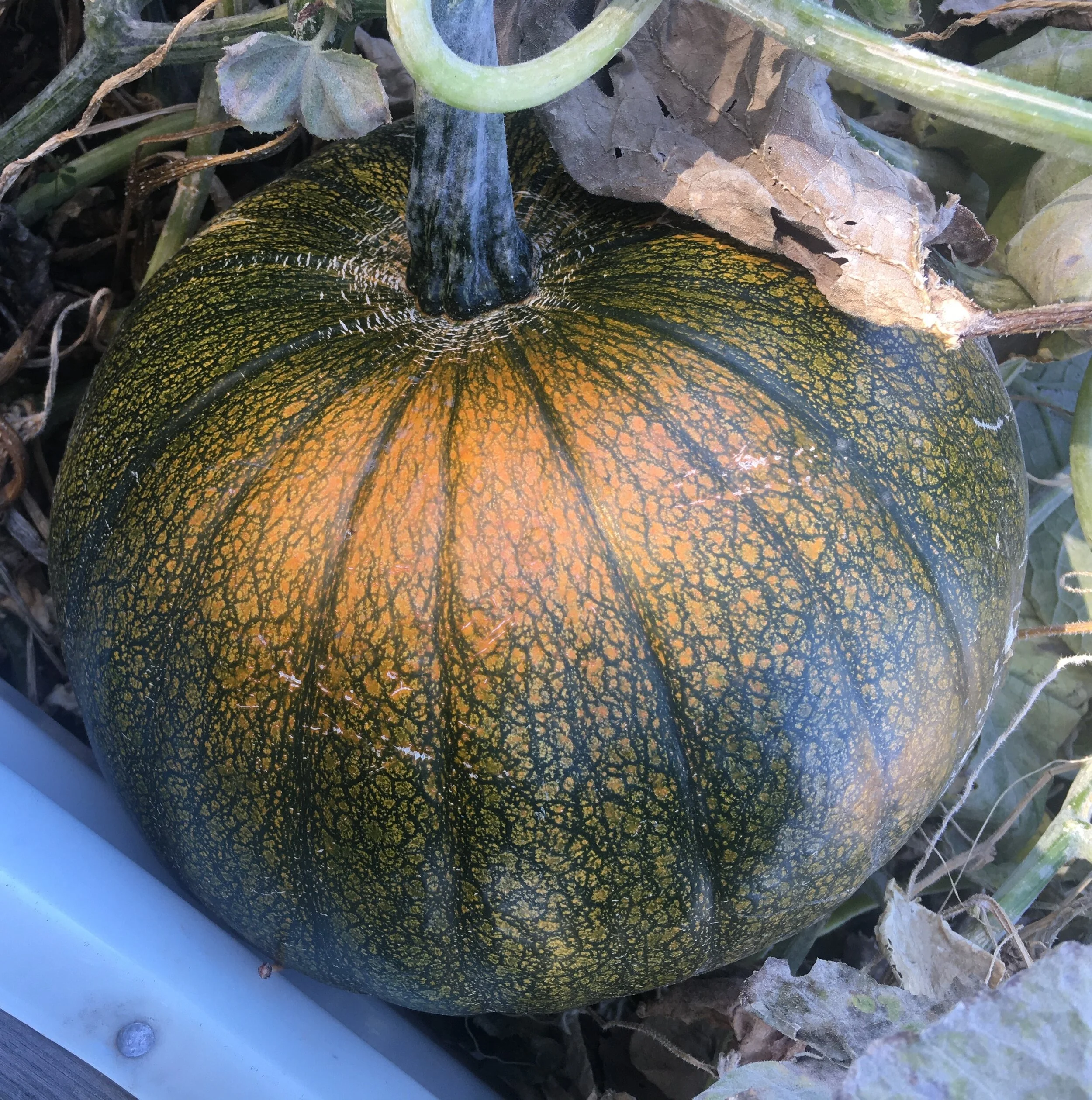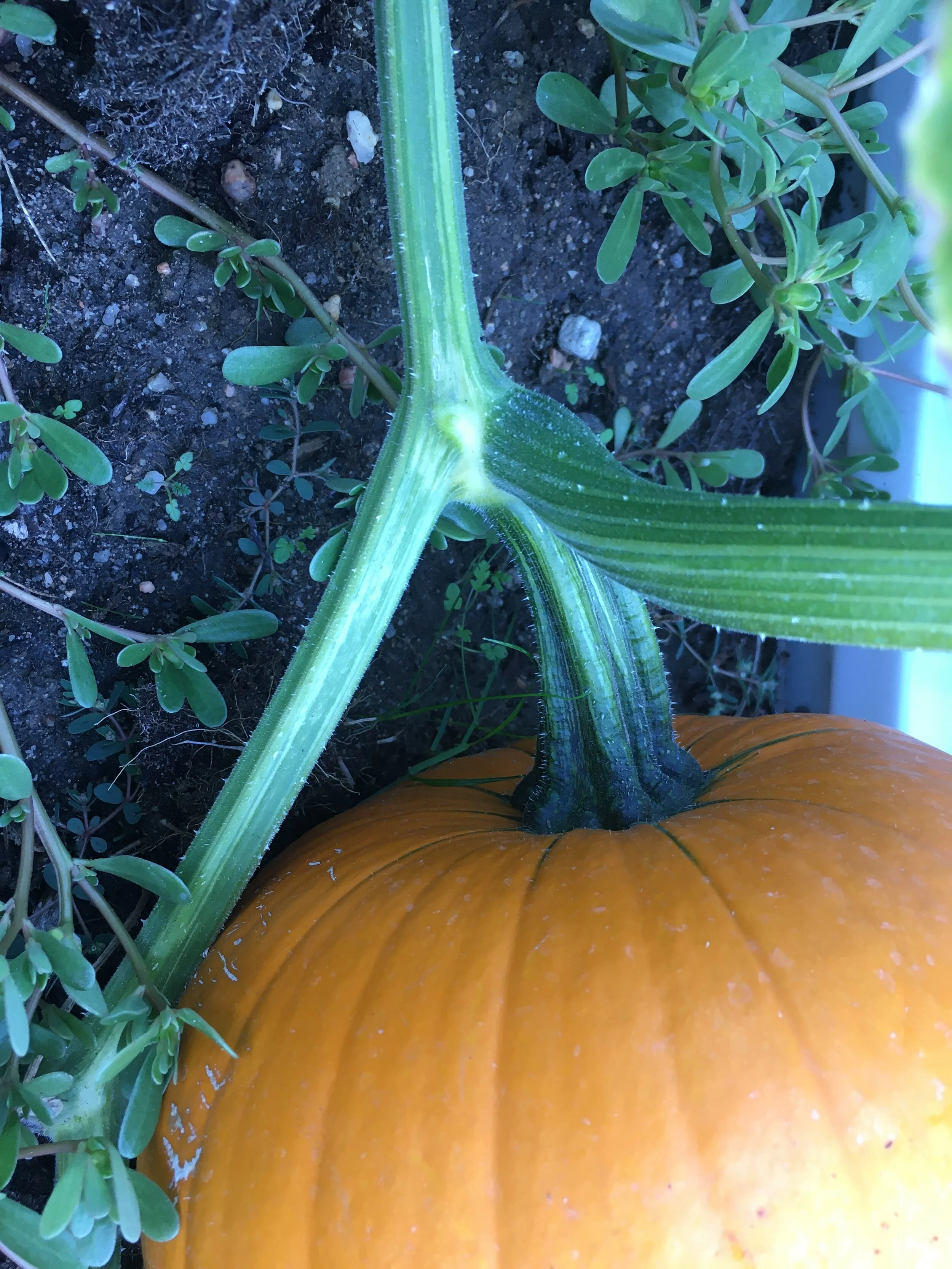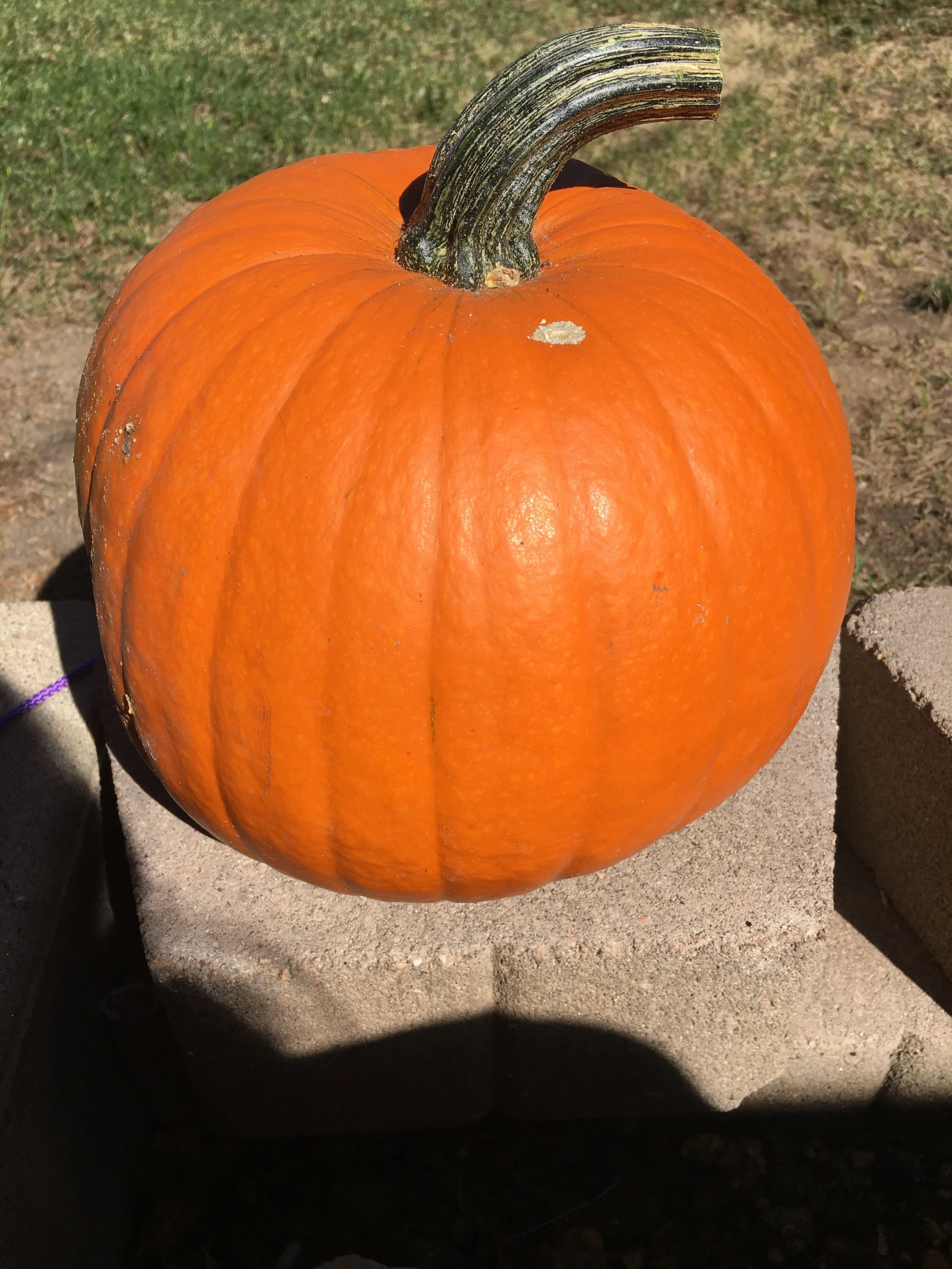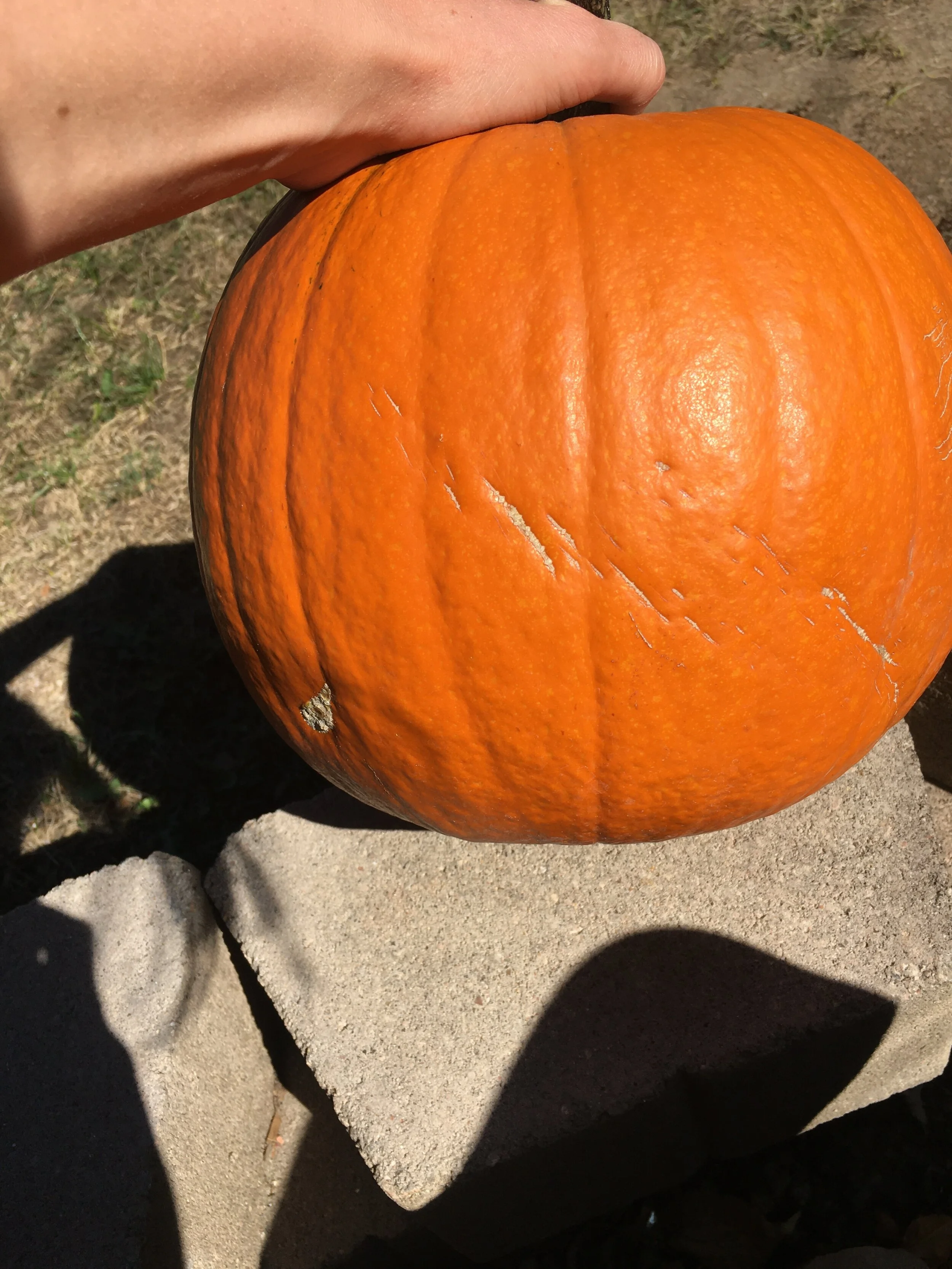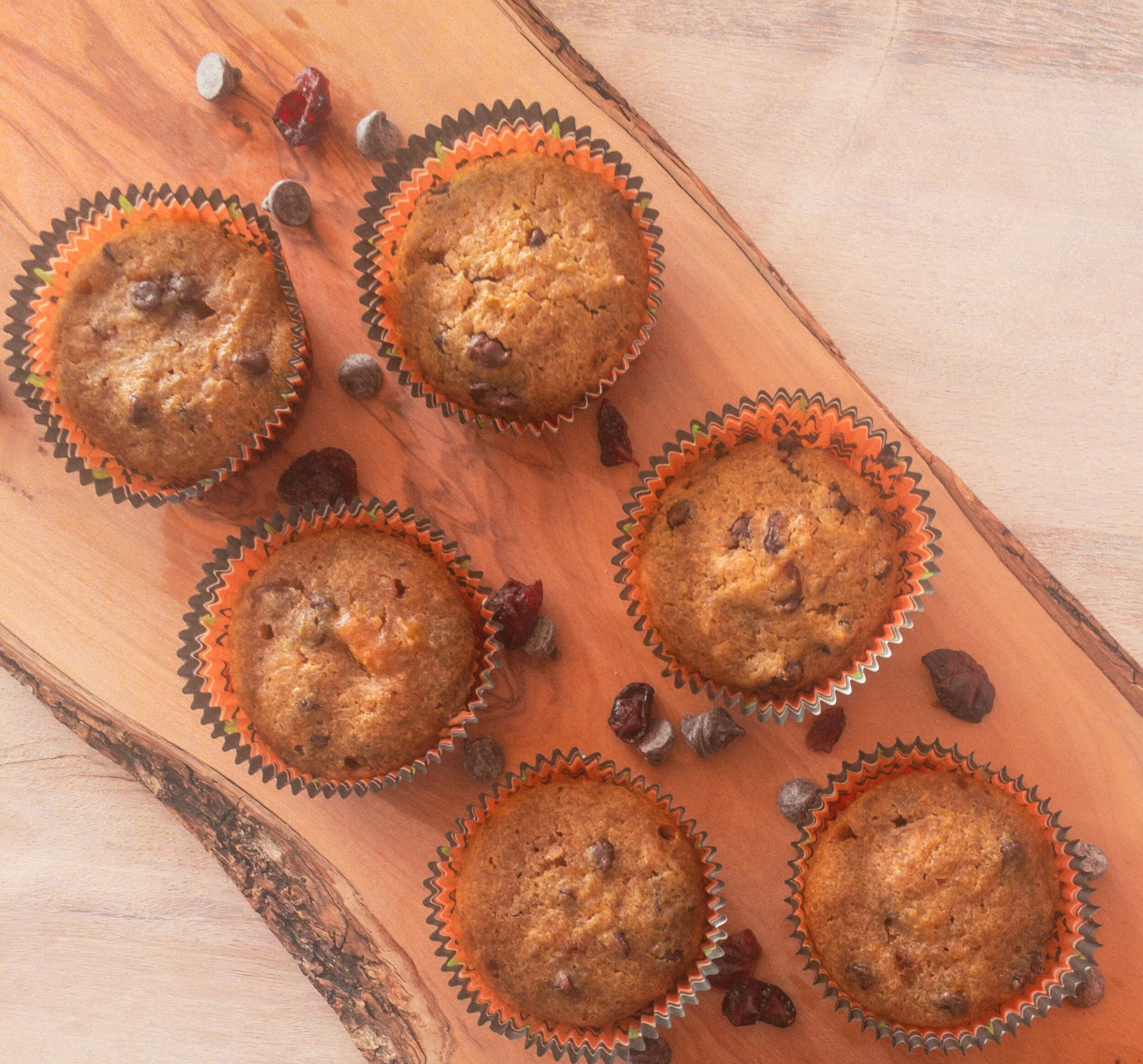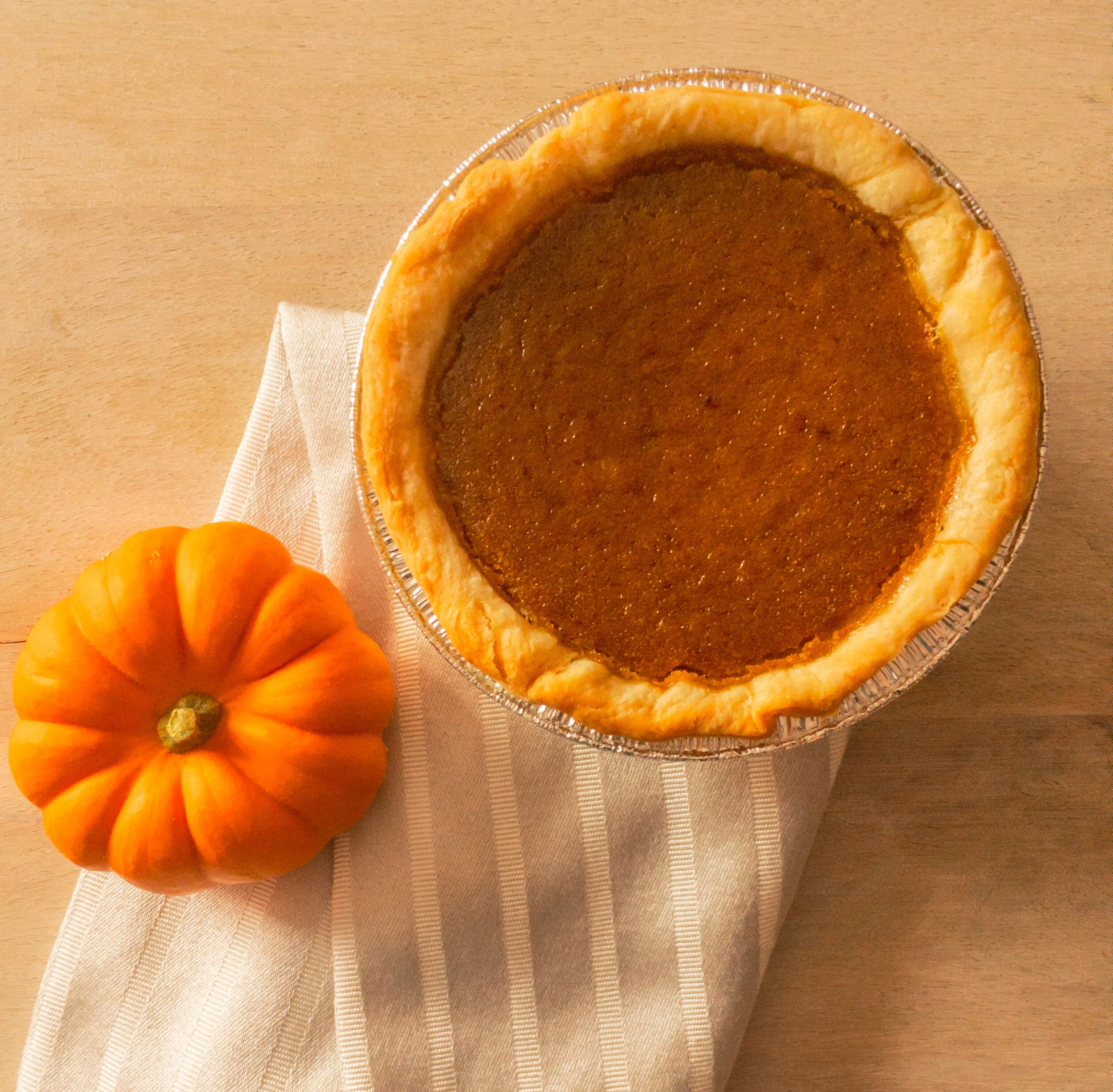Gardening - Pumpkins!
Professional Chef, Amateur Gardener: Learn along with us as we explore growing our own food. Understanding the full life cycle of your ingredients can open up a new world of creativity and comfort when trying new flavor combinations. Picking the veggie or berry right off the vine and enjoying it immediately reminds you how complex, delicious, and satisfying food is.
Coming of Age Story
This year, I was not brave enough to try growing the pumpkins from seed. Instead I planted two little seedlings after the last frost in May and kept my fingers crossed. The tag accompanying the seedlings recommended planting them 5 feet away from each other and other plants. And boy, they were not exaggerating. The pumpkin vines grow to take up a lot of space. Unlike cucumber or sweet pea vines, pumpkin vines are not ideal to train up a trellis because of the weight of the eventual pumpkins.
*If you decide to go down the trellising route, plant a smaller variety of pumpkin (ideally less than 10 lbs) and ‘sling’ the fruit once it starts to grow. Sling it by wrapping fabric around the fruit and trying to the trellis for support.
Once the vines have grown several feet long, flower buds will start to appear. Pumpkin plants have male flowers and female flowers. The male flowers will be the first ones you see bloom. Male flowers will oftentimes begin blooming one week before female flowers. As with all things in nature, pumpkins do not always follow ‘correct’ timing. Don’t panic if it takes a couple weeks to see female flowers bloom, plants will act on their own time. How can I even tell which one is a male flower and which one is a female? The male flower has a long, straight stem. The female flower has a shorter stem with a bulb just below the base of the flower.
Keep Growing
Yay! The bees are working hard and pollinating the female flowers. Now the fruit begins to take shape and grow. It will take several weeks for the pumpkin to grow to its full size. It will remain green until it has reached its full size and then will gradually begin turning orange. The color oftentimes begins in a splotch and spreads around the rest of the fruit. This maturing phase will usually last longer than one week.
Pumpkins need plenty of water to be happy. Keep the soil around the pumpkin evenly moist and plan to water every other day. When its especially hot in July and August, you may need to water a bit everyday. Water early in the morning or in the evening to avoid excessive evaporation and allowing the roots to suck up as much moisture as they can.
Pumpkins are also very hungry and love heaping servings of fertilizer weekly. This year, I just used my homemade compost and my pumpkins seemed to stay happy enough. If your goal is award winning pumpkins, change the type of fertilizer you use as the pumpkin plant matures. When you first plant your seeds or seedlings use a nitrogen heavy fertilizer. Use this until the flowers begin to bloom. Once you see flowers, switch to a phosphorous heavy fertilizer until you see fruit developing. Finish out the season with potassium rich fertilizer — at least that’s what the experts say.
So how do you know when to harvest?
Knock on your pumpkin and listen for a hollow center.
2. Check the stem. You want it to start turning brown near the base by the pumpkin.
3. Your pumpkin should be mostly orange in color and have a minimal amount of these green veins on top.
A few green veins (like the photo) are alright. They will fade to orange within a few days of being off of the vine anyway.
And it’s perfect timing for Halloween!
Carving pumpkins is fun… but I want to cook with them, too!
To get your garden beauties ready for all your favorite pumpkin recipes, follow the simple steps below.
